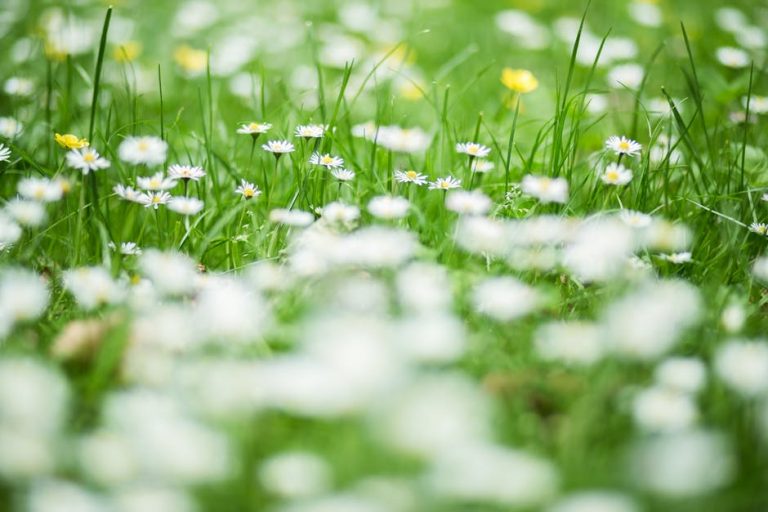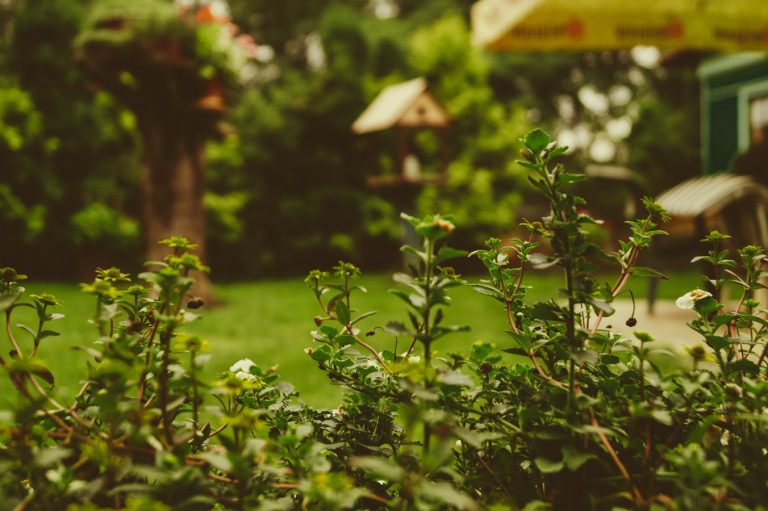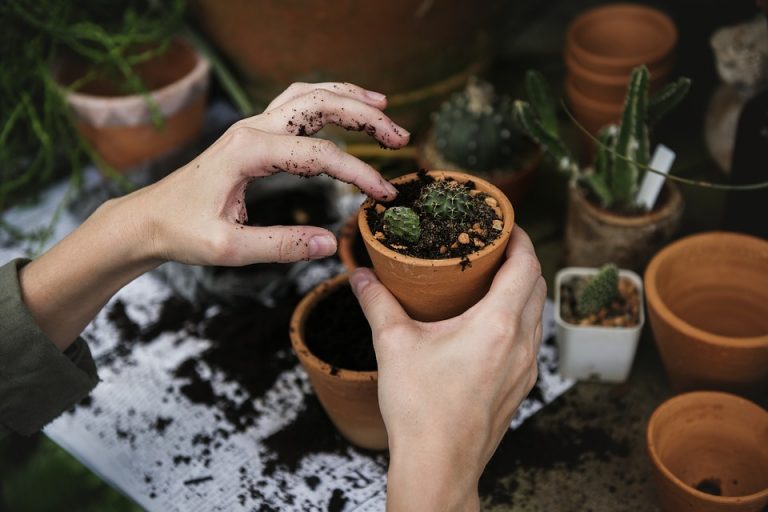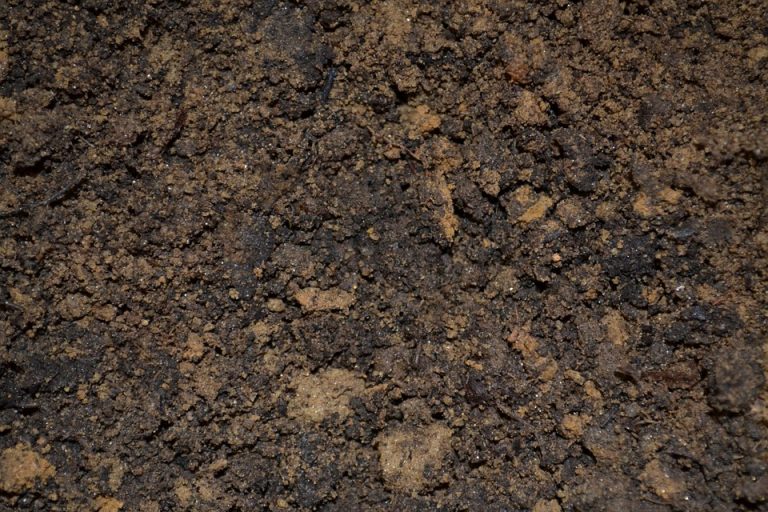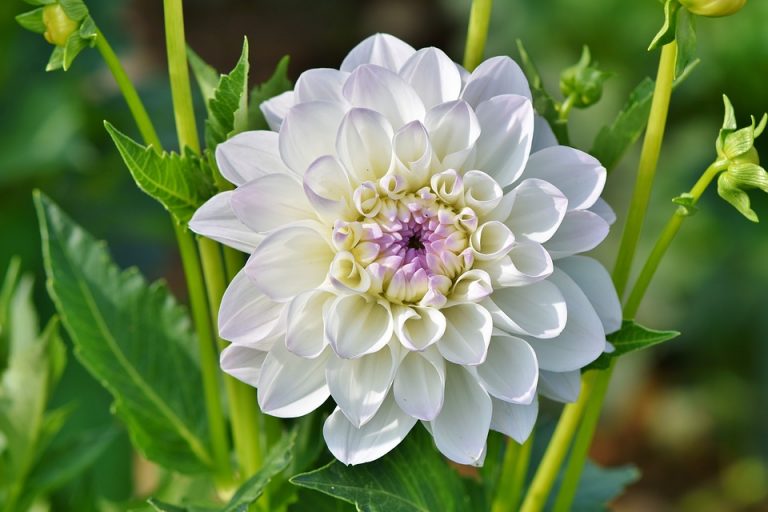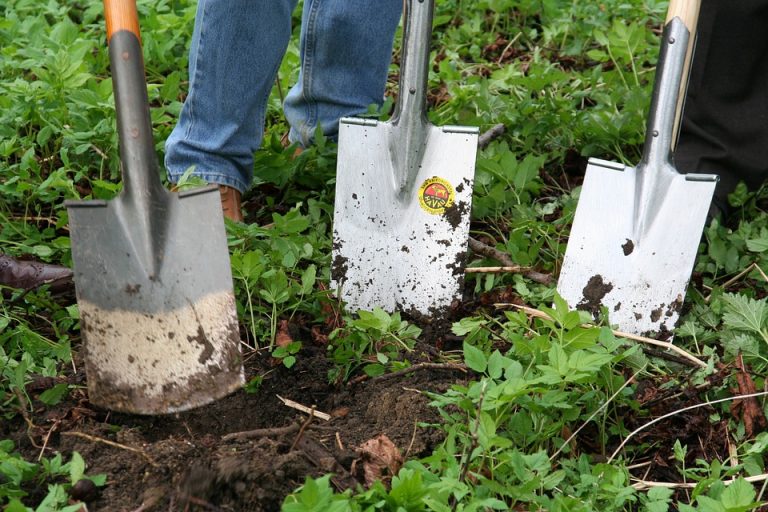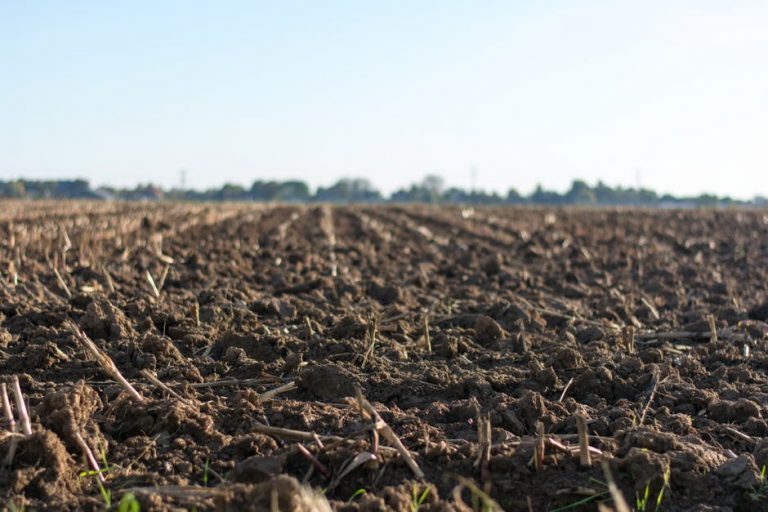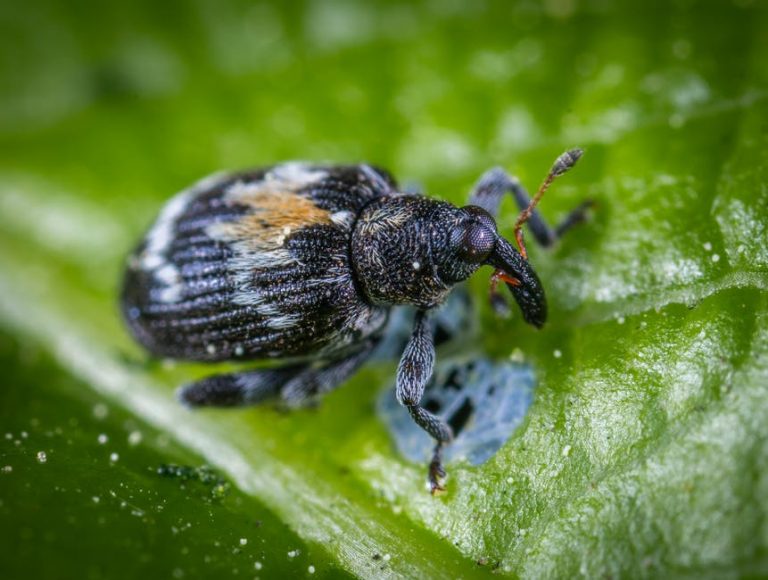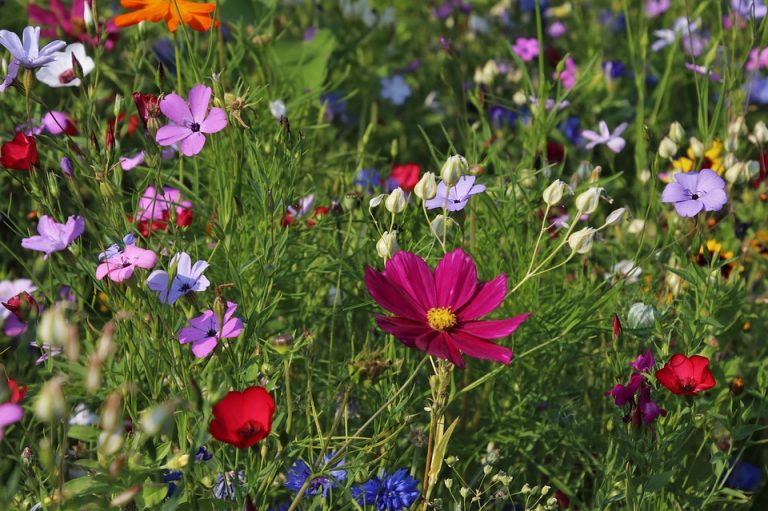Have a great gardening tip that saves money? Share it with us. Simply email us so we can share it with everyone and others can save from your favorite frugal gardening tricks: Weeds If you need to use a weed killer, buy the concentrate. It’s expensive, and it doesn’t work as well if you dilute…
Uncategorized
More Gardening Articles
Prepare Your Lawn For Fall By Matt Morrison Hemingway once said, “America is the land of wide lawns and narrow minds.” Now, I don’t know about narrow minds, but we definitely love our lawns. Fall is one of the most important times of the year to perform lawn care maintenance. The process you need to…
5 Frugal Gardening Traits
If you’re creating a garden on the cheap or going for the frugal to downright FREE garden, here’s my list of must haves: 1) The frugal gardener needs to be flexible, as in no master landscape plan set in concrete. The frugal gardener lets the plants be the guide and the garden sort of “happens…
Build An Organic Waste System
Want to take your kitchen to a new level of “green”? Tried a compost pile in your backyard and had to hide from your neighbors due to the smell? Tired of finding your compost items brought out to your front yard by the neighborhood animals? Well, there is an alternative. Make a backyard food waste…
Free Garden Party Plants
There are a lot of different ways to acquire free plants and even unusual ways depending on how adventurous you are. Another sneaky way to acquire free plants is to throw a Garden Party. No, not the big hat, posh refreshment type of Garden Party, but a party to increase the size of your garden….
Reusing Stuff In Your Garden
Earth Day isn’t just a day in April to frugal gardeners. No matter what month it is, we’re always on the look out for ways to tread lightly in our little corner of the world. Here is a short list of some of the items which many people throw away that I reuse in some…
Free Organic Fertilizer
All set for another article telling you the jobs you should be tackling from your “to do” list this winter? Well, think again! I’m not going to tell you to clean and sharpen your shovels (although we should all be doing that!), nor am I going to give you a schedule to get your fruit…
Frugal Pest Control
If you have a garden, the you have garden pests. It seems that bugs of all kinds love our plants just as much as we do. There are a couple things you can do before heading off to your local garden center to purchase products to tackle the problem. First, you don’t necessarily want to…
Growing Native
Frugal gardeners are always looking for ways to make their yards attractive, while holding costs down. Re-introducing native plantings to your property will do just that. Native plants are those that were growing in any area before humans introduced plants from distant lands. In my Zone 7 garden located in the Pacific Northwest, they include…
Harvest Your Own Seeds
Since my garden is located in Zone 7, now is the time to start planning ahead for the hundreds of free plants I want to get next spring. If you’re just starting out at gardening as a hobby, you may be wondering how does one get free plants? You are also probably wondering that if…
